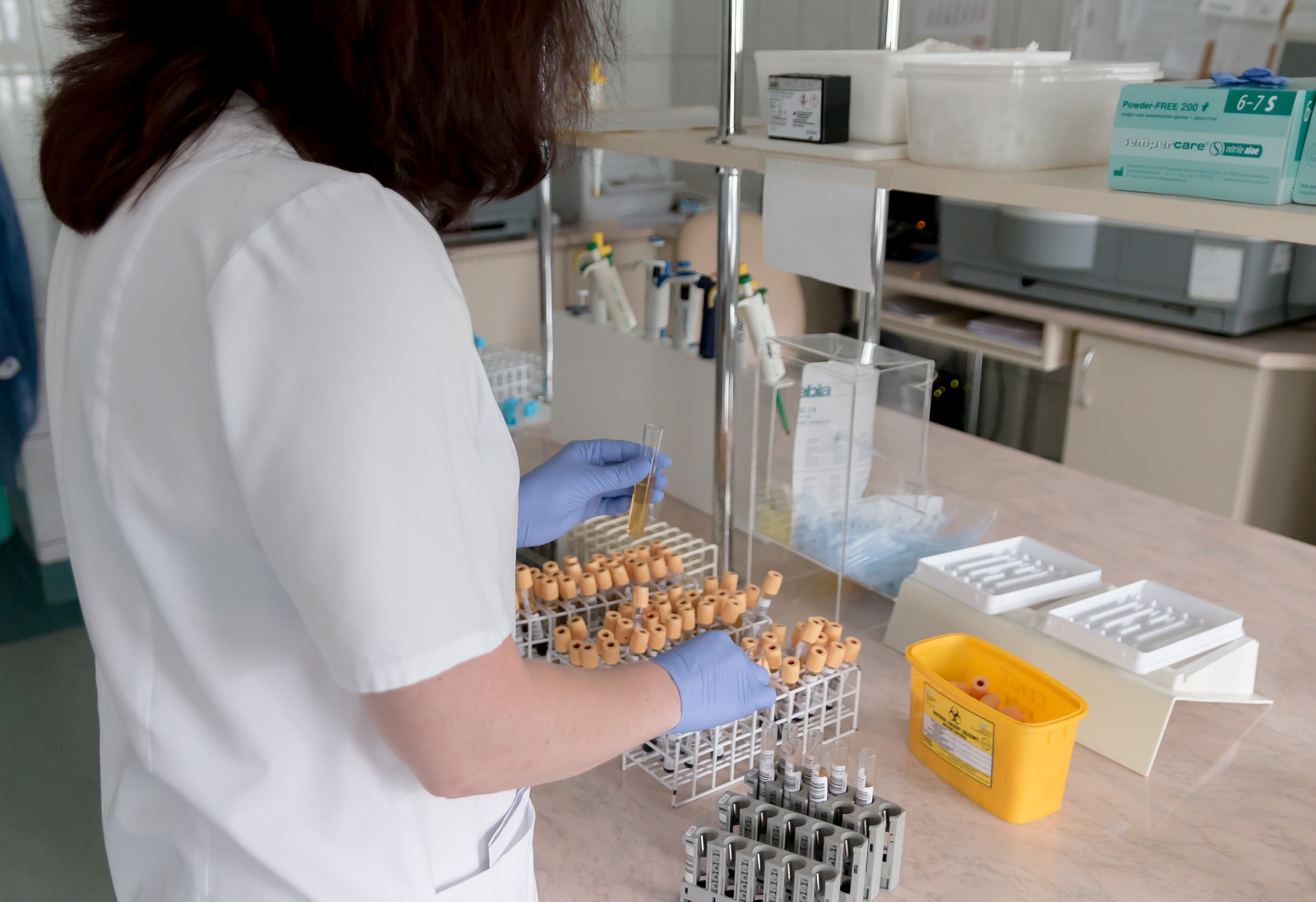A blood test for Alzheimer's disease
A new blood-test procedure published in Nature today has been reported to be a simple, sensitive and accurate way to identify patients in the early stages of Alzheimer’s disease. The test can detect biomarkers associated with the disease before clinical symptoms arise and would be less invasive and likely cheaper than other available methods. This has massive implications for the future of Alzheimer’s research and promises better and easier diagnosis of the disease in the future.
But what good is it to have a cheap and accurate blood test if there is nothing yet a doctor can do to cure or slow the disease?
The answer is that it makes finding a cure easier.
Clinical trials are extremely expensive, and Alzheimer’s clinical trials are particularly difficult. This is because for an ideal Alzheimer’s treatment to be successful, the drug needs to be effective in the early pre-clinical stages of the disease, before the usual symptoms appear.
This makes clinical trials even more difficult and expensive than they already are, as you don’t know who to recruit for the trial until they have already passed the phase in which any potential drug is targeted to be effective. You also don’t really know if the treatment has been effective until quite some time has passed.
A sensitive and accurate blood test should make clinical trials cheaper, as it would be possible to identify the right people to recruit for clinical trials in the early pre-clinical stage of the disease. The blood test may even help speed up the trials by gathering rapid feedback on how early stage experimental drugs are performing.
So, how does it work?
The blood test detects a number of small molecules related to and including amyloid-beta peptide (Aβ), which has been implicated in all cases of Alzheimer’s disease. It isn’t the first time that scientists have attempted to use a blood test to identify Aβ as a potential biomarker of the disease, but direct detection of the peptide is not an easy task. For one, Aβ is present in everyone, so simply detecting it in the blood isn’t enough—any test needs to show that the level of Aβ is higher than what is normal for the patient.
To do this, the blood test relies on a sensitive technology used in many chemistry research laboratories known as mass spectrometry. It is effectively a set of molecular weighing scales that can accurately measure the mass of small molecules like the Aβ and associated peptides. This means you can measure a sample and see if a peptide is present by looking for the signal that matches the exact mass you expect for that peptide.
The technical hurdle with mass spectrometry as a diagnostic tool though is that it’s often hindered by salty samples (our blood has lots of salt ions) and that there are many other small molecules that are similar sizes to the Aβ peptide. Imagine identifying your mobile phone from a pile of every other hand-held object in your house by using only a set of kitchen scales, but worse. So, for the blood test to work, the researchers had to ‘clean up’ the blood sample before measuring it. They employed a technique called immunoprecipitation, which uses antibody proteins (normally part of an immune system) that selectively bind to the peptide fragment of interest, effectively fishing out the bits they wanted to measure, and leaving most of the salt and other things behind.
By comparing the amounts of each of the Aβ and related peptides in the cleaned-up sample, the blood tests were able to identify patients with high Aβ peptide amounts in the brain (as detected from brain scans) as well as identifying patients in the later stages with clinically diagnosed Alzheimer’s dementia.

Aren’t there other diagnostic tests?
There are two gold-standard diagnosis techniques that detect Aβ peptide build-up in the brain: positron emission tomography (PET) scans or direct detection of Aβ in the cerebrospinal fluid (CSF) collected via a lumbar puncture. Due to the expense and invasiveness of these diagnostic tests, these are mainly used as research tools with infrequent use in a clinical setting, especially as there is little we can currently do to prevent the onset of the disease.
Beyond the benefits related to expense and invasiveness, it is hoped that this blood test will be more sensitive and accurate than both of the above techniques, allowing for earlier detection of the disease.
So, what’s next?
The technology is still in the process of clinical validation and upscaling, so it is likely to be some years before your doctor will be able to order an Aβ test as part of your annual check-up. Even so, such a test would only be useful after we develop a treatment. Fortunately, there are several experimental drugs in clinical trial that may delay or stall the progression of Alzheimer’s disease, so there is much to be excited about for such a test.





